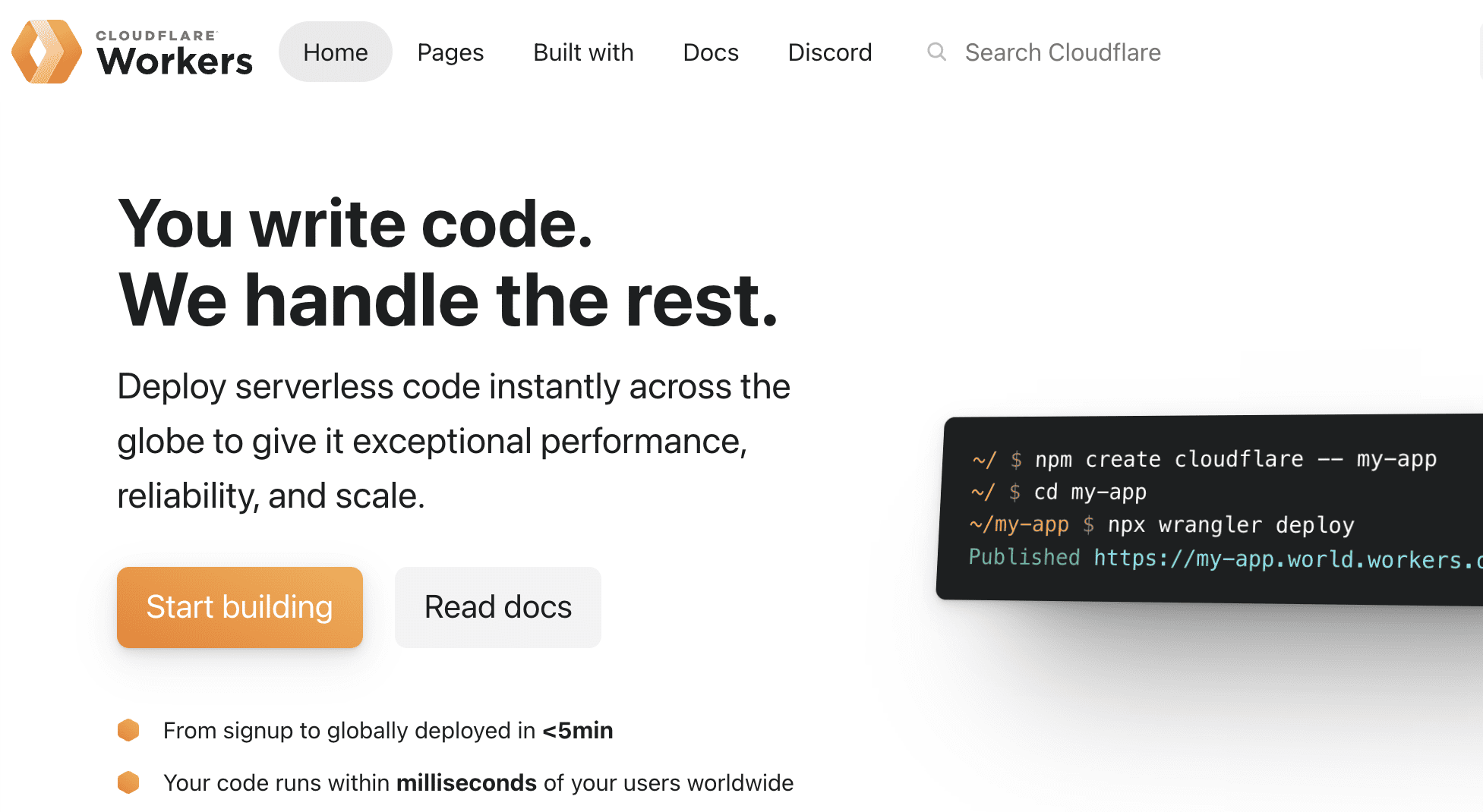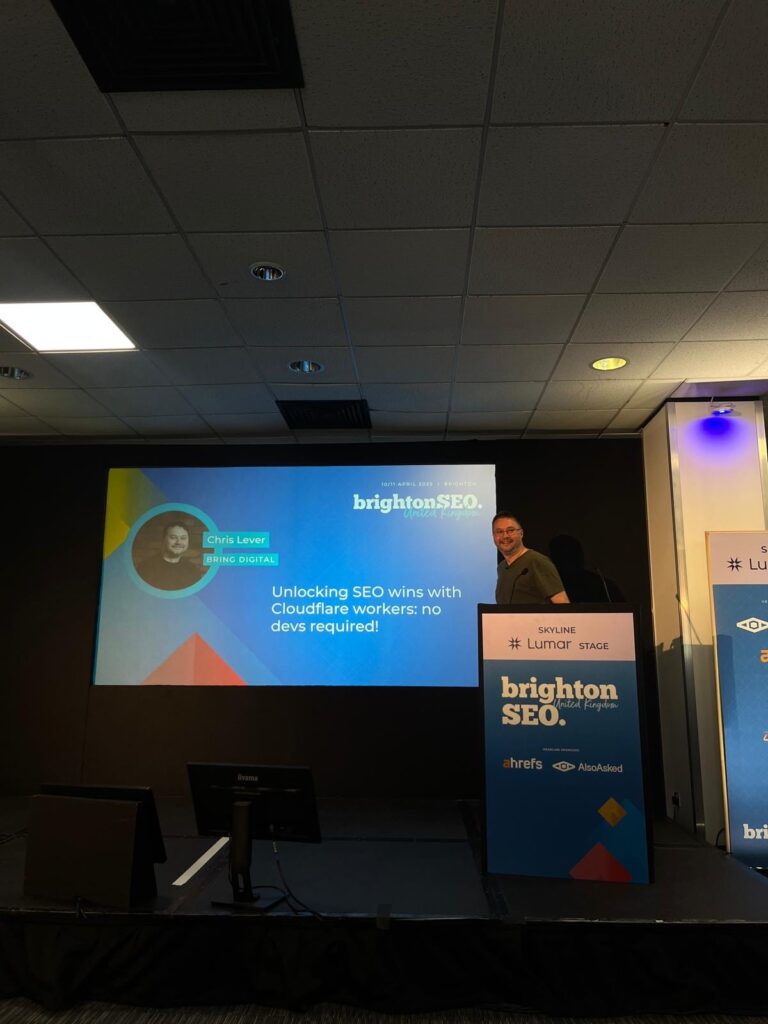- November 15, 2025



At BrightonSEO this year, I shared a talk titled Unlocking SEO Wins Using Cloudflare Workers, no devs required. The session focused on how to use Cloudflare Workers to solve real-world SEO problems at the edge, without relying on dev cycles or waiting around for platform updates.

This approach is often referred to as Edge SEO. It gives technical SEOs direct access to shape what users and search engines receive, before the request even hits the origin server. You can achieve similar results using tools like Fastly, AWS Lambda@Edge, Netlify Edge Functions, or Akamai EdgeWorkers. But for transparency, all of my examples and experience are based on Cloudflare Workers. That’s the platform I use in practice, and the one I trust to deliver stable, fast results.
Edge SEO gives you the power to deploy logic and fixes at the network layer. You intercept requests and modify the response in real time, without touching the backend or CMS. That means faster implementation, full control, and fewer compromises.
This is especially useful when internal development resources are stretched, or when SEO tickets are at the bottom of the backlog. It lets you implement technical solutions now, not six sprints from now.
Here are four types of Cloudflare Workers I’ve used successfully, with clear results:
On eCommerce and large filtering systems, canonicals often get messy. Some templates self-canonicalise filtered URLs, some default to the homepage, and others go missing altogether. Using Workers, I built logic that inspects the request path and dynamically rewrites the canonical tag in the HTML response. It points to the correct base URL, reducing index bloat and helping consolidate signals to the right page.
This change happened entirely at the edge. No template edits, no dev tickets, just clean output delivered to bots and browsers.
Redirects are easy to mess up. When you want to run a time-limited redirect campaign, or change redirect targets by country or device type, most platforms make it a pain.
I’ve used Workers to run smart, condition-based redirects that change depending on time of day, region, or campaign rules. They’re precise, fast, and run independently of your backend. This keeps SEO in control of redirect logic when timing and intent really matter.
Perceived performance is a big ranking factor, especially on mobile. You can use Workers to inject rel=preload headers into key HTML pages, targeting high-impact scripts or fonts. I’ve run experiments where we saw improved LCP metrics just by preloading the largest visual elements. It’s a light touch, but measurable.
The key is that you’re not changing code or templates. You’re shaping the response at the edge, giving you fast access to technical optimisations without the usual bottlenecks.
Sometimes you need to debug what Googlebot sees, especially on JavaScript-heavy pages. I’ve built Workers that serve minor meta tag changes or debug content only to Googlebot. This isn’t cloaking. It’s a controlled environment for testing and monitoring how Google interacts with specific parts of the site.
These small changes have helped uncover crawl issues, discover missing content, and test structured data visibility. It’s a safer way to understand what’s really happening without affecting the user experience.
I’m not a developer. But that doesn’t stop me using Workers. I describe the logic I want to ChatGPT, whether it’s a redirect rule, a tag injection, or a conditional rewrite. The script gets written for me, I test it in the Cloudflare dashboard, and deploy when ready.
The point is that you don’t need deep JavaScript knowledge to start using Workers. You need to know what you want to happen, and how to explain the logic. ChatGPT can do the heavy lifting from there.
Here are some example worker scripts I created
If you’ve been stuck waiting on dev teams or have technical ideas that never get implemented, start thinking at the edge. Workers are not just a developer tool. They’re a strategic asset for any SEO who wants to move fast and take control of key fixes.
Pick one issue. Set up a small Worker. Measure the outcome. You’ll quickly see where the opportunities lie. Visit the Workers sub site: https://workers.cloudflare.com/
If you’re not sure where to start, or how to structure the logic, feel free to reach out. I’m happy to share more examples and help others use the tools that have worked for me.